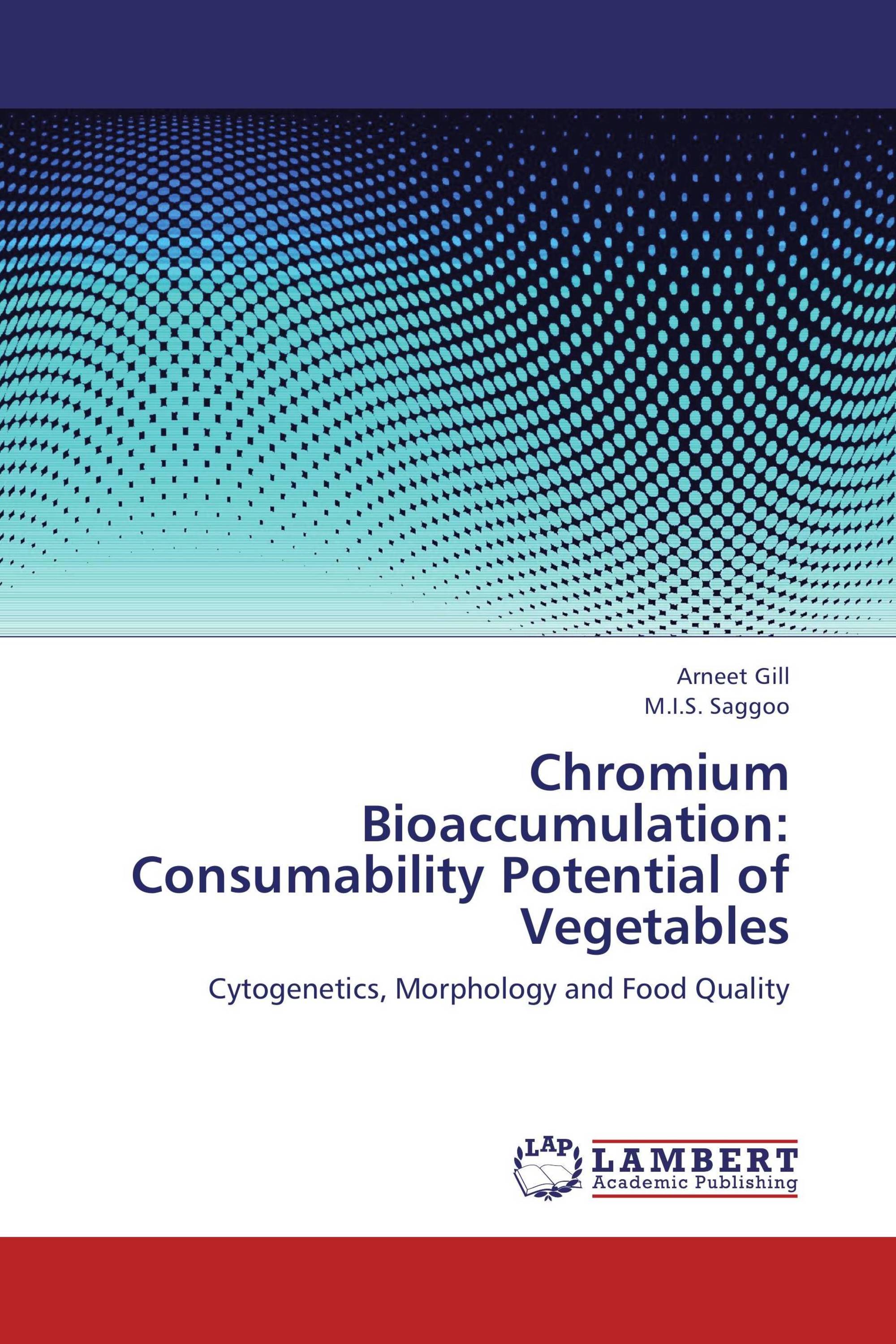

There is no research on how heavy metals affect bee health learning and behavior.Research in an industrialized area found that honey did not contain elevated lead levels, even when bees foraged in contaminated areas.For recommended gardening practices based on results of soil testing for lead, see Table 1 in EC 1616, Reducing Lead Hazard in Gardens and Landscapes.Īre my bees at risk from heavy metal pollution?.In all sites tested, lead concentrations 15 feet from the structure show some lead present from human activities, but with care, any vegetable crop could be grown.In all sites tested, lead concentrations right next to the structure are high enough to prohibit the production of leafy vegetables and root crops.Figure 1 shows the results of soil tests for lead contamination at 0, 5, 10 and 15 feet from structures.since 1978, but structures built before 1978 were likely painted with lead-based paint. Lead-based paints have not been sold in the U.S.See the OSU Extension publication EC 1478, Soil Test Interpretation Guide, if you submitted a soil sample for plant nutrition.īe cautious about planting vegetables close to older structures.The sample test below shows levels of arsenic, cadmium, chromium, copper, lead, nickel and zinc in a homeowner’s soil.Also see Reducing Lead Hazard in Gardens and Landscapes for recommended gardening practices for different thresholds of lead in the soil.If so, you can compare your results directly to the levels reported in the OSU Extension publication EC 1616, Reducing Lead Hazard in Gardens and Landscapes.Ask whether metals were extracted using a strong acid.Supervise children when they are in the garden, and supervise hand-washing after outdoor play.This is a good pH range for most vegetable crops. Keep your soil pH near neutral: 6.5–7.
VEGETABLES HIGH IN CHROMIUM FREE
Composting Council are free of heavy metal pollution.

Planting mixes certified by the Organic Materials Review Institute (OMRI) or the U.S. Grow vegetables in raised beds filled with an uncontaminated growing medium.Apply mulch or compost to bare areas, or plant a lawn or ground cover.

To reduce your exposure to heavy metals in the soil, cover bare ground to prevent blowing dust.Wear gloves, long pants and closed-toe shoes in the garden.Wash your hands after working in the garden and before you wash your produce.Be especially careful in washing vegetables that may trap dust, such as leafy greens, broccoli or cauliflower.Wash with cold running water just before eating, cutting or cooking.Unless your soil has exceptionally high levels of lead or cadmium (which you can find out by testing-see below), it’s probably safe to eat vegetables after washing them thoroughly.What can I do if I’m at risk for heavy metals in my garden soil? Most arsenic consumed in foods is excreted unchanged in the urine.For young children, hand-to-mouth activity is an important exposure route.For adults, most exposure to arsenic occurs through the diet and inhalation.You can reduce your risk by eating a balanced diet.Leafy vegetables, grains, legumes and kidney meat have the highest levels.All foods contain a low level of cadmium.Exposure to cadmium can come through foods, cigarette smoke, water or air.Cadmium and arsenic are naturally occurring elements widely distributed in the earth's crust.What do we know about cadmium and arsenic in soils? Lead in soil can be a hazard for young children who play in the dirt and then put their hands in their mouths.You can be exposed by eating unwashed fruits and vegetables.Lead particles can settle on vegetables grown in lead-contaminated soil or in areas where lead-laden air pollution settles.In general, plants do not absorb lead into their tissues.Lead does not enter the body through unbroken skin.Lead poses human health hazards when particles are inhaled or ingested.What do we know about lead exposure through soil and garden plants? Soil next to busy roads may have higher lead levels because of exhaust from now-banned leaded gasoline.Old orchards have more lead and arsenic in the soil because of residue from old insecticides.Metals from air pollution accumulate in the top 1-2 inches of soil and tend to stay put.What do we know about heavy metals in soil?


 0 kommentar(er)
0 kommentar(er)
